To achieve peak performance and success in elite athletes, extreme training loads are needed. At the top level, the maximum training volume for sports such as swimming, cycling, triathlon and rowing can thus exceed 30 hours per week, resulting in a significant exercise energy expenditure (EEE). In addition, performance capacity limitations in many sports are related to the ideal power (or force) to body mass ratio, which promotes changes in body mass and/or body composition by adjusting exercise loads and energy intake (EI). The long-term combination of these efforts creates the conditions for the potentially deleterious physiological and consequently health consequences of overtraining. These may be expressed as a spectrum of physiological changes that define overtraining syndrome (OTS) and/or as the consequences of hormonal and metabolic disturbances due to low energy avaliability (LEA) for basal metabolism, expressed clinically or sub-clinically as relative energy deficit syndrome in sport (RED-S). In clinical practice, OTS manifests as a syndrome of reduced athlete performance that cannot be explained by medical causes, whereas RED-S is a spectrum of hormonal, metabolic and functional disturbances of the organism that arise as a consequence of a chronic LEA state. Therefore, OTS and RED-S share many common aetiopathogenetic pathways and symptoms and signs of insufficient or inadequate regeneration and recovery from exercise stress. The key pathogenetic mechanisms of both syndromes include LEA. Energy avaliability (EA) is defined as the difference between EI and EEE and is normalised to lean body mass. The very concept of LEA implies that it is a consequence of inadequate energy intake in relation to training loads (either due to insufficient energy intake, increased energy expenditure due to training, or a combination of both). The consequences of LEA are numerous and affect the elite athlete both medically and performance-wise. Adequate and comprehensive post-training recovery, including nutritional support as well as various other recovery procedures (psychosocial support, relaxation techniques to reduce stress, physical procedures to reduce post-exercise muscle damage, adequate sleep hygiene as well as sleep elimination techniques) and, of course, appropriate medical support, reduces the risks of RED-S and OTS and allows the athlete to train optimally, perform at peak levels and remain healthy. This is the only way to be truly healthy, even in elite sport. The main aim of the present project is to test the effectiveness of different screening tests to identify more precisely the deficient areas of exercise response and recovery in the individual athlete, and thus to guide him/her more quickly towards individualised treatment.
Participating organizations: 2413 - University of Primorska, Faculty of Health Sciences / Universita del Litorale, Facolta di Scienze della Salute 381 - University of Ljubljana, Faculty of Medicine / University of Ljubljana, Faculty of Medicine 2334 - University of Maribor, Faculty of Medicine / University of Maribor, Faculty of Medicine 312 - University Medical Center Ljubljana / University Medical Center Ljubljana 1510 - Science and Research Center Koper / Science and Research Center Koper










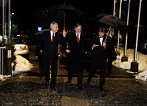
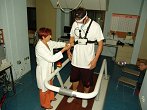

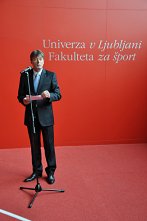






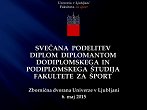




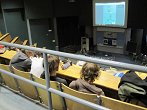


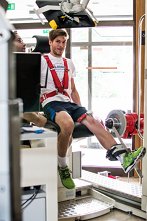
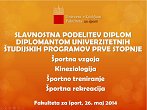
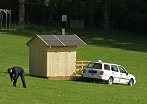




.png)